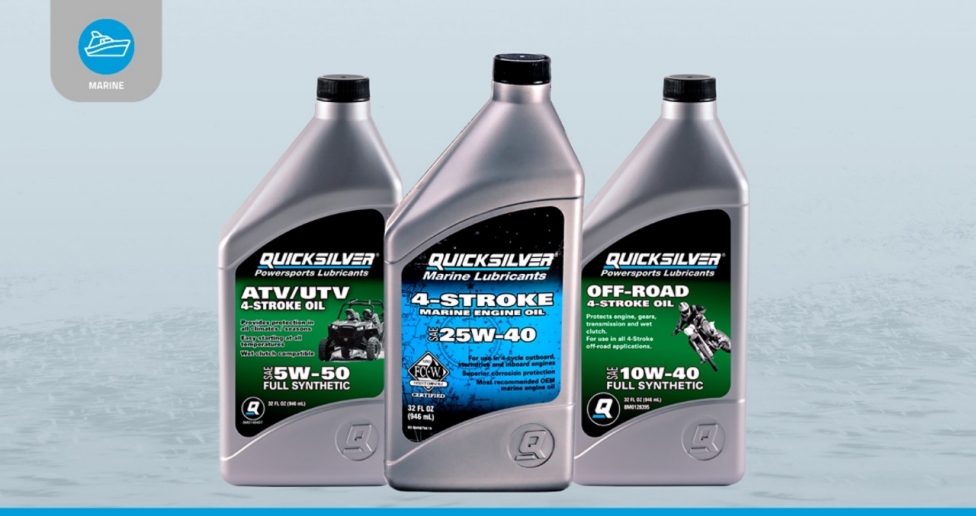How to Use Engine Oil Flush for a Bike? Revitalize Your Ride!
# How to Use Engine Oil Flush for a Bike?
If you are a bike enthusiast, you know the importance of keeping your bike’s engine in top condition. Regular maintenance is crucial to ensure optimal performance and longevity of your bike’s engine. One important aspect of bike maintenance is the use of engine oil flush. In this article, we will discuss how to use engine oil flush for a bike, its benefits, and some important considerations to keep in mind.
## What is Engine Oil Flush?
Before we delve into the process of using engine oil flush for a bike, let’s first understand what engine oil flush is. Engine oil flush is a chemical additive that is designed to clean the internal components of the engine by removing deposits, sludge, and other contaminants. Over time, these impurities can accumulate in the engine, leading to reduced performance and potential damage. By using an engine oil flush, you can effectively clean the engine and prepare it for a fresh oil change.
## Benefits of Using Engine Oil Flush
Using engine oil flush for your bike can offer several benefits, including:
1. Improved Engine Performance: The removal of contaminants from the engine can lead to improved performance and smoother operation.
2. Extended Engine Life: By keeping the internal components clean, engine oil flush can contribute to the longevity of your bike’s engine.
3. Enhanced Fuel Economy: A clean engine operates more efficiently, which can translate to better fuel economy.
4. Preparation for Fresh Oil: Engine oil flush prepares the engine for a new oil change by ensuring that the internal components are free from deposits and sludge.
## How to Use Engine Oil Flush for a Bike
Now, let’s walk through the process of using engine oil flush for your bike:
### Step 1: Gather the Necessary Supplies
Before you begin, gather the following supplies:
– Engine oil flush
– Fresh engine oil
– Oil filter
– Wrench or socket set
– Drain pan
– Funnel
– Shop rags
### Step 2: Prepare the Bike
Start by ensuring that your bike is on a level surface and is cool to the touch. You should also have the necessary tools and supplies within reach.
### Step 3: Drain the Old Oil
Using a wrench or socket set, carefully remove the drain plug from the engine crankcase. Position the drain pan beneath the bike to catch the old oil as it drains out. Allow the old oil to completely drain from the engine.
### Step 4: Add the Engine Oil Flush
Once the old oil has been drained, it’s time to add the engine oil flush. Refer to the manufacturer’s instructions for the correct amount of engine oil flush to add to your bike’s engine. Use a funnel to pour the engine oil flush into the engine crankcase.
### Step 5: Run the Engine
With the engine oil flush added, start the bike and let it idle for the specified duration as per the product instructions. This will allow the engine oil flush to circulate throughout the engine and clean the internal components.
### Step 6: Drain the Engine Oil Flush
After the specified duration, turn off the bike and allow it to cool for a few minutes. Once cooled, carefully drain the engine oil flush from the crankcase by removing the drain plug. Make sure to dispose of the old engine oil flush properly.
### Step 7: Replace the Oil Filter
While the engine oil flush is draining, take this opportunity to replace the oil filter with a new one. This will ensure that the fresh oil remains free from contaminants.
### Step 8: Add Fresh Engine Oil
Using a funnel, add the appropriate amount of fresh engine oil to the crankcase. Refer to your bike’s manual for the recommended type and viscosity of oil.
### Step 9: Check for Leaks
After adding the fresh oil, start the bike and let it run for a few minutes. Check for any leaks around the drain plug and oil filter. If there are no leaks, you have successfully completed the engine oil flush process.
### Step 10: Dispose of Old Oil and Engine Oil Flush
Properly dispose of the old oil and engine oil flush at a designated recycling center or facility. It’s important to handle these materials responsibly to prevent environmental harm.
## Considerations for Using Engine Oil Flush
While using engine oil flush can offer several benefits, there are some important considerations to keep in mind:
– Compatibility: Ensure that the engine oil flush you choose is compatible with your bike’s engine type and oil specifications.
– Follow Instructions: Always follow the manufacturer’s instructions when using engine oil flush to avoid any potential issues.
– Professional Assistance: If you are unsure about using engine oil flush or performing an oil change, seek professional assistance from a qualified mechanic.
In conclusion, using engine oil flush for your bike can be an effective way to maintain the health of your engine and ensure optimal performance. By following the steps outlined in this article and considering the important considerations, you can successfully use engine oil flush for your bike and enjoy the benefits it offers. Remember to prioritize regular maintenance and care for your bike’s engine to keep it running smoothly for years to come.
As always, refer to your bike’s manual and consult with professionals for any specific concerns related to engine maintenance and oil flushing. With proper care and attention, your bike’s engine can continue to deliver the performance and reliability you expect.


